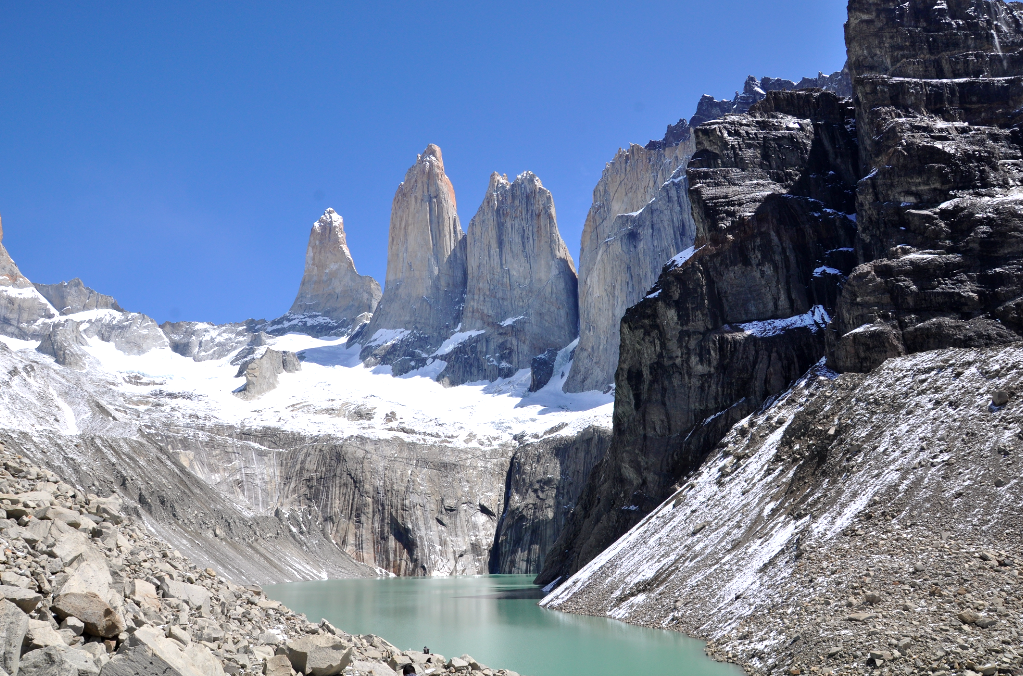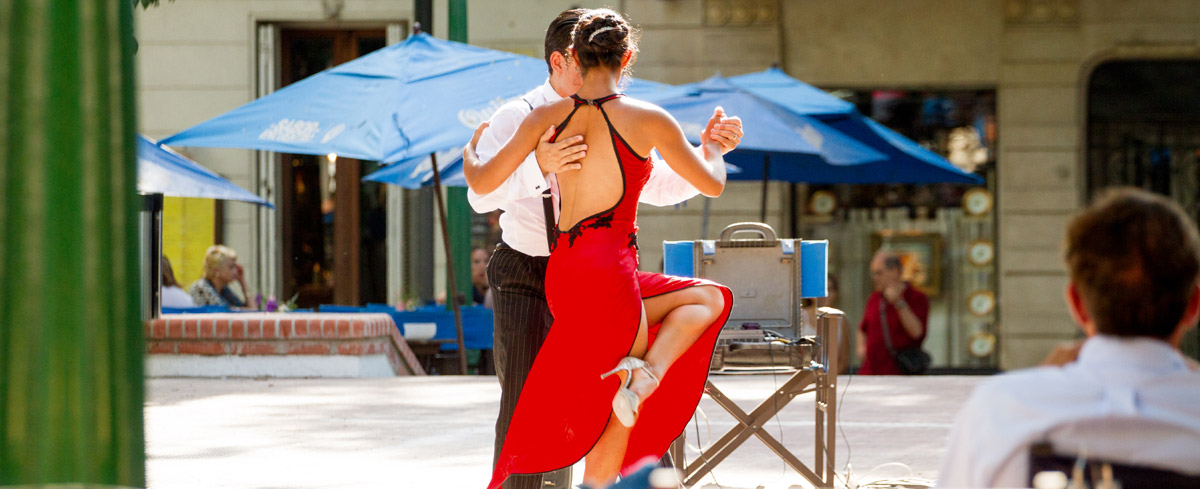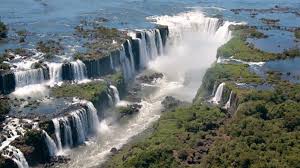
If there is one place on earth that truly offers a unique experience with nature, that would be Patagonia, a region that straddles both Argentina and Chile in South America.
From getting up close and personal with massive penguin and cormorant colonies, to standing in the shadows of spectacular glaciers and towering mountain peaks, this destination at the southernmost tip of South America, is bound to leave you awe-struck.

End of the world -Ushuaia
I began my journey in the port city of Ushuaia, after having returned from my visit to the last continent – Antarctica. It is known as fin del mundo (end of the world). It is one of the last pieces of land that hold a human civilisation before the ice of the Antarctic begins. It is the best place to depart on a 10-day cruise to Antarctica if you have at least US$5000 to spare. Ushuaia itself gives you a taste of the diversity of wildlife found in this exotic part of the world. Not every backpacker who makes it to Ushuaia is able to afford the Antarctica cruise, be it not arriving during cruise season or the lack of funds. Nevertheless, the region of Tierra del Fuego in Patagonia is easily enough to keep one occupied for days.

Walking through the city’s quaint Main Street lined with shops and offering a view of the snow-streaked mountains ahead, I was reminded of my days in Europe, which could pass off as Norway or Switzerland.

A short walk downhill will lead you to the pier where catamarans set sail daily for a boat tour of the islands in the Beagle Channel. It is recommended for those who want to have a face-to-face experience with massive colonies of wildlife in their natural habitats. Since I had already done Antarctica, I skipped this tour. It costs US$60. You get to see Gentoo penguins and King penguins which are the second largest penguin species. It is recommended for those who are unable to afford the cruise to Antarctica, yet want to catch a glimpse of the penguins up close.
Diminishing glaciers – El Calafate
Further up north, more spellbinding moments await in El Calafate. From the town, it is a 90 minute bus ride to the world-famous Perito Moreno glacier. Standing more than 50m above the surface of the Argentino Lake and spanning 250 sq km (one-third the size of Singapore), this glacier is part of a UNESCO World Heritage Site that is simply breathtaking.

Walking down a network of boardwalks offering several stunning viewpoints, I took position facing the ice and waited patiently. In the course of the afternoon at Perito Moreno, I caught the phenomenon of the ice breaking off and crashing into the waters below in spectacular fashion. It never failed to excite me even though I had already seen tonnes of glaciers in Antarctica. As the glacier moves at a rate of 2m a day, patient travellers can often hear loud cracks from the ice and see it break off from the original chunk.

El Chalten is the trekking capital of Argentina. From the Los Condores viewpoint, I was greeted by the panoramic views of Monte Fitz Roy and Cerro Torres, two of the most majestic peaks in the Patagonian Andes. From the Las Aguillas viewpoint, one can see the expansive flat desert plains, bound on one side by cold blue glacial lakes.

Crossing the border into Chile, the Torres del Paine national park is another hiking gem in the area. I spent 5 days on the W circuit trek (more in a subsequent post), taking in the sights of this UNESCO World Heritage Site which features the postcard-perfect view of the three famous granite peaks that gave rise to the park’s name. Torres means towers or spires in Spanish.

There were families of guanaco llamas feeding with their young, and ostrich-like nandus bounding by the road. The park has banned the use of flammable stoves after a sad incident in 2011. A fire accidentally started by a hiker destroyed over 16000 ha of the park, leaving expanses of leafless, scorched trees and outstretched branches.

I wish I could have continued my Patagonian adventure by going further north to Bariloche, also known as the Switzerland of Argentina. Unfortunately due to time constraints, I had to catch my flight back.
Travel tips
- – I flew on Argentinean Airlines from Barcelona to Buenos Aires, Argentina. From there, I took a domestic connecting flight on the same airline to Ushuaia. I flew out from El Calafate to Buenos Aires to Madrid by using the open-jaw ticket so that I need not backtrack.
- – Patagonia occupies a huge geographical area, so book your plane tickets in advance for journeys around the various cities in Patagonia.
- – Due to Argentina’s unstable currency, most tourism businesses prefer US dollars and would offer a better rate of exchange than at the banks. In 2013 when I visited for the first time, it was US$1 = 9 AR pesos, but in 2015 it was US$1 = 15 AR pesos.
- – The best time to visit Patagonia is between December to February, when the sun does not set till 9.30pm so you can enjoy the longer daylight hours to explore.



